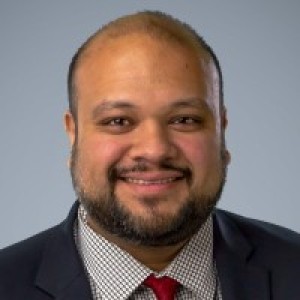- Video Library
- Vikash Goel Presents Centerline Biomedical at LSI USA ‘23
Vikash Goel Presents Centerline Biomedical at LSI USA ‘23

Vikash Goel
Mr. Goel brings 15+ years of experience in medical device software/hardware design, specializing in the development of novel imaging, visualization, and analysis systems for vascular surgery. Working closely with surgeons, he developed a keen understanding of current clinical challenges and unmet needs, leading him to invent the IOPS™ technology.
Vikash Goel
Mr. Goel brings 15+ years of experience in medical device software/hardware design, specializing in the development of novel imaging, visualization, and analysis systems for vascular surgery. Working closely with surgeons, he developed a keen understanding of current clinical challenges and unmet needs, leading him to invent the IOPS™ technology.

17011 Beach Blvd, Suite 500 Huntington Beach, CA 92647
714-847-3540© 2025 Life Science Intelligence, Inc., All Rights Reserved. | Privacy Policy







